If you are active (or thinking about becoming active) in the field of sexual and reproductive health and rights, you have probably heard a lot of talk about comprehensive sexuality education. But what exactly is CSE?
1. Comprehensive sexuality education is the process of learning about sex, sexuality, relationships and family planning, and their importance in human development.
CSE is grounded in human rights frameworks but also takes into account the emotional, political and personal questions that come from discovering and taking control of our own bodies, sexualities and lifestyle choices.
In other words, CSE should not be limited to addressing the biological aspects of sexual intercourse such as body parts, and bodily development during pregnancy, rather, it should discuss sexual diversity and the different sexual practices and emotions related to this diversity.
2. What is the point of CSE?
The International Planned Parenthood Federation defines the function of rights-based CSE as that of equipping ‘young people with the knowledge, skills, attitudes and values they need to determine and enjoy their sexuality – physically and emotionally, individually and in relationships.”[1]
Through education, CSE aims to promote gender equality and human rights, by providing young people with the skills needed to protect their physical and mental health. CSE allows people to learn about things like consent, HIV prevention or unwanted pregnancy and unsafe abortions, and it facilitates the development of critical thinking around things like gender norms and discrimination due to gender or sexual orientation.

3. Is CSE enough to ensure sexual and reproductive health for youth?
CSE alone is not enough to ensure the full sexual and reproductive health of young people. It should be combined with affordable contraceptives and services such as counseling when relevant. Awareness raising and campaigns are other key methods in communicating the importance of sexual and reproductive health.
Information is not enough. Students must engage critically and actively participate in classes on CSE in order to actually learn from it.
Popular Methods for youth engagement include: role playing , group discussions, games.
4. School as a place for CSE:
Incorporating CSE into school curricula has the benefit of normalising sexuality education as a basic school subject and ensures broad reach among the youth population due to mandatory school attendance to a certain age. However, sometimes teachers have not been adequately trained in delivering modules on CSE or they are not comfortable or interested in teaching the subject.
Training for teachers is essential to ensure adequate CSE is delivered in schools.

5. What is meant by CSE in non-formal settings?
CSE in non-formal settings refers to CSE that takes place outside of school, for example, in youth centres, in peer education workshops or as part of community outreach programmes.
Sometimes, community outreach programmes are necessary in order to reach marginalized populations who may have low-rates of school attendance or early drop-out rates. Groups such as these need to be reached so that they can avoid HIV and early pregnancy, and be empowered to make important and informed decisions about the sexuality and reproductive health.
6. What is abstinence-only sexuality education and does it work?
Abstinence-only sexuality education is grounded in the belief that abstaining from sex is the only sure way to avoid unplanned pregnancies and sexually transmitted infections. It is based on the idea that young people should not be taught about sex and sexuality as this may encourage them to engage in sexual intercourse at a younger age.
However, multiple studies have disproven the idea that comprehensive sexuality education encourages young people to have sex at a younger age. Instead, CSE encourages contraceptive use and safe sex when young people decide to become sexually active.
Another reason that abstinence-only sexuality education fails to protect the health of young people, is that most people who wish to practice abstinence do not succeed in doing so 100% of the time and most do not intend to be abstinent for their whole lives. In other words, if they have just received abstinence-only education, they are more likely to engage in risky sexual behaviour when they do have sex. Moreover, they are less likely to know about the risks involved in other sexual practices apart from intercourse.[2]

7. What if traditional values do not allow for this kind of discussion of sex?
The cultural background of students learning about comprehensive sexuality education should always be taken into account. For example, traditional attitudes may mean that young people will be more comfortable being taught about CSE when separated according to gender.
In general however, various studies have shown that if traditional values are allowed to limit CSE too much, this will have negative consequences and lead to more risky sexual behaviours among youth. For example, people who have not been taught comprehensive sexuality education frequently have higher number of partners, more frequent intercourse, low rates of condom and contraceptive use, and higher rates of HIV infection.
8. So, I want to advocate for the improvement of comprehensive sexuality education, what are my key terms?
There are various key terms that should always be included when advocating for CSE.
For example, the fact that CSE should be: human rights based, scientifically grounded, gender-sensitive, age-appropriate and culture-appropriate. You should consider the particular context of the country / region where you are working as an advocate, and assess how CSE falls short of these golden rules and how this should be changed.

What are my advocacy entry points?
When advocating for (or against) anything, you should always come armed with a good knowledge of the official documents (human rights conventions / declarations / policy documents), that have also addressed this issue, as this will give your argument more weight.
This is an essential aspect of advocacy.
Luckily, when advocating for CSE, there are many pre-existing human rights conventions and declarations containing elements that you can use in your advocacy.
Take a look:
Many United Nations (UN) treaty monitoring bodies have recommended that SRH education should be a mandatory component of learning.
These include: The Convention on the Rights of the Child, the International Covenant on Economic, Social and Cultural Rights, the Committee on the Elimination of Discrimination against Women (CEDAW), and the Convention on the Rights of Persons with Disabilities.
These international agreements affirm, among other things, ‘the right of all children and adolescents to receive sexual and reproductive health (SRH) information, education and services in accordance with their specific needs.’[3]
Find out more:
There are numerous policy documents and fact files on the subject of CSE. Have a read if you would like to find out more –
http://www.ippf.org/sites/default/files/from_evidence_to_action.pdf
http://eeca.unfpa.org/en/publications/sexuality-education-what-its-impact
http://www.un.org/esa/socdev/documents/youth/fact-sheets/youth-sexuality-education.pdf
http://www.advocates4cse.com/media/uploads/youth-sexuality-education.pdf
http://www.advocates4cse.com/media/uploads/ippf_cse_report_eng_web.pdf
Get Involved!
There is an online hub entirely dedicated to youth advocacy for comprehensive sexuality education. It contains many useful resources and facts and is a great way for those who are looking to get involved or to increase their expertise on the area.
[1]IPPF Framework For Comprehensive Sexuality Education/IPPF
[2]From evidence to action: Advocating for comprehensive sexuality education/IPPF


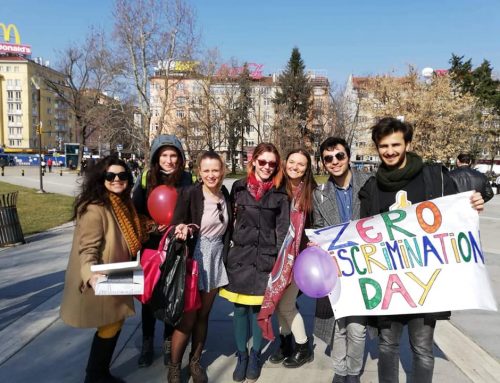


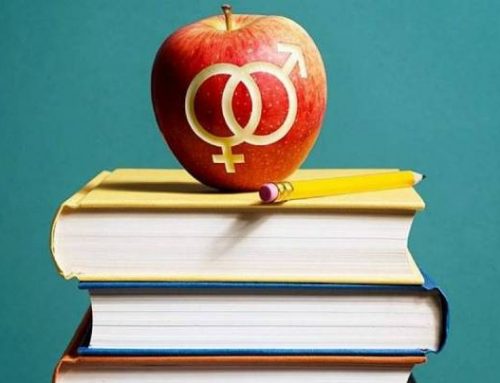


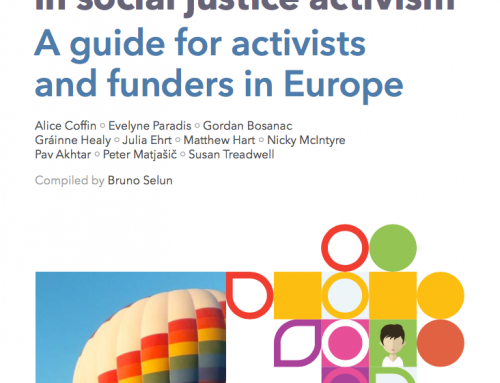

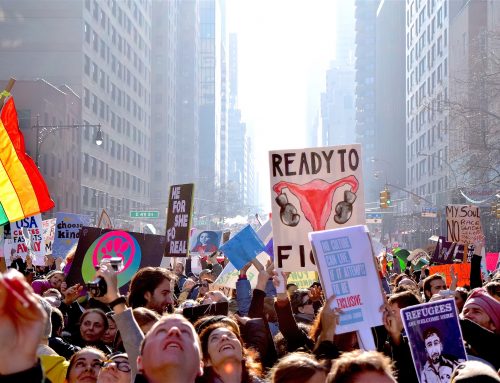

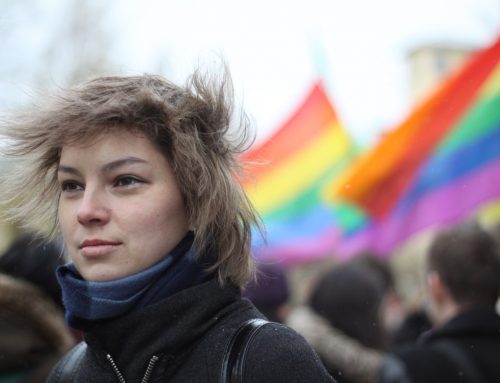




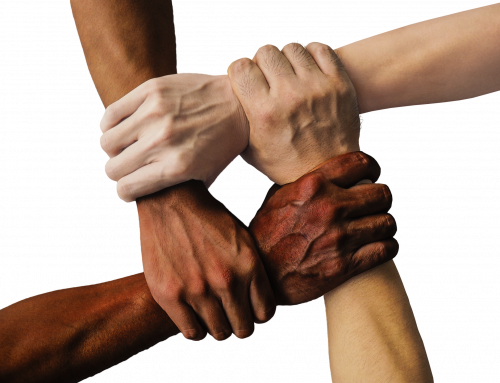

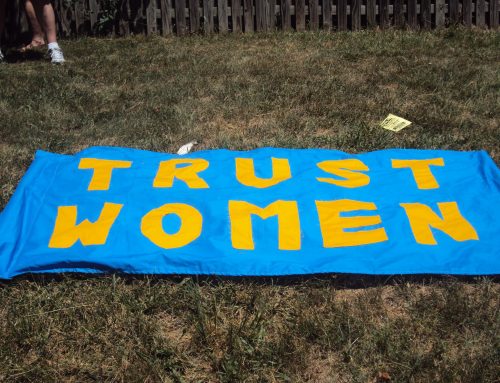
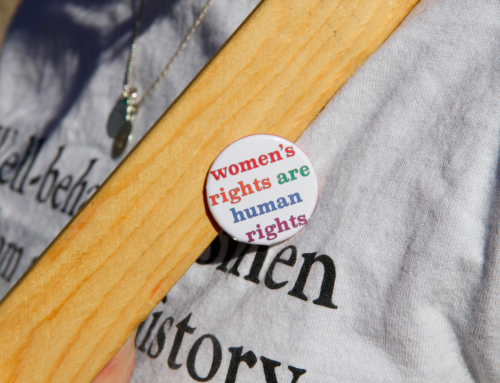
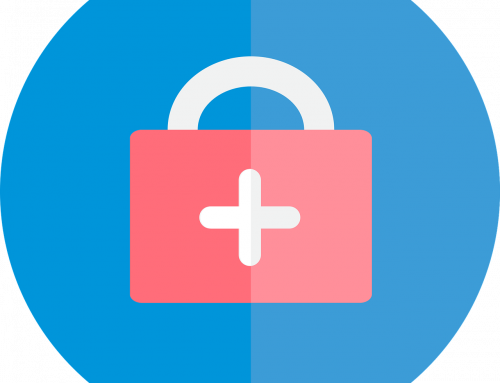
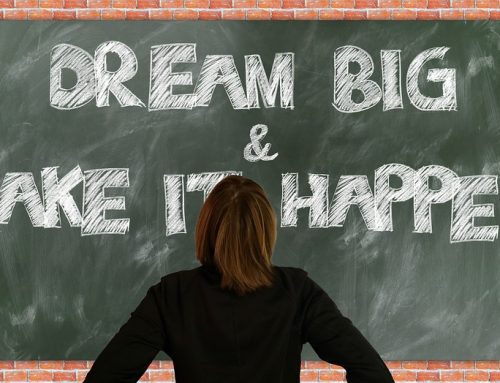
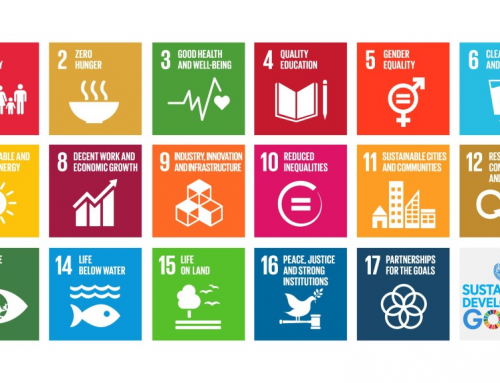
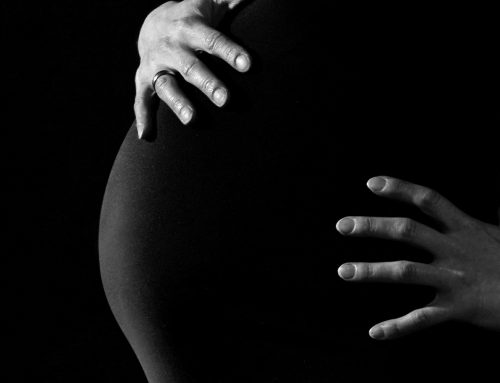
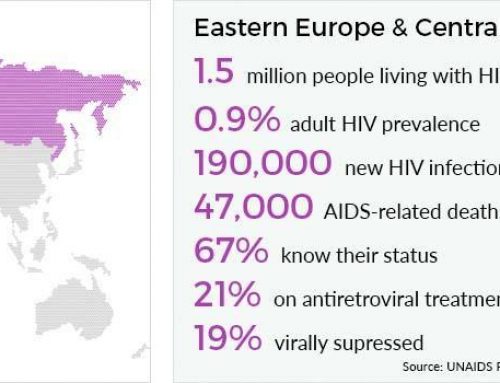
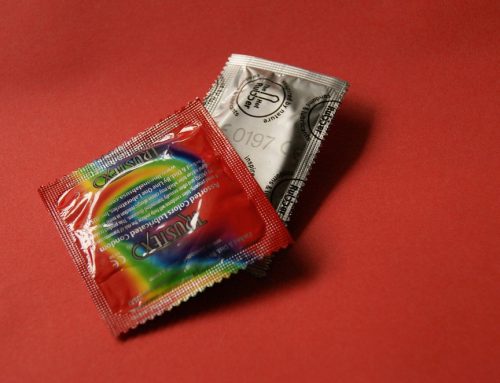

Leave A Comment
You must be logged in to post a comment.